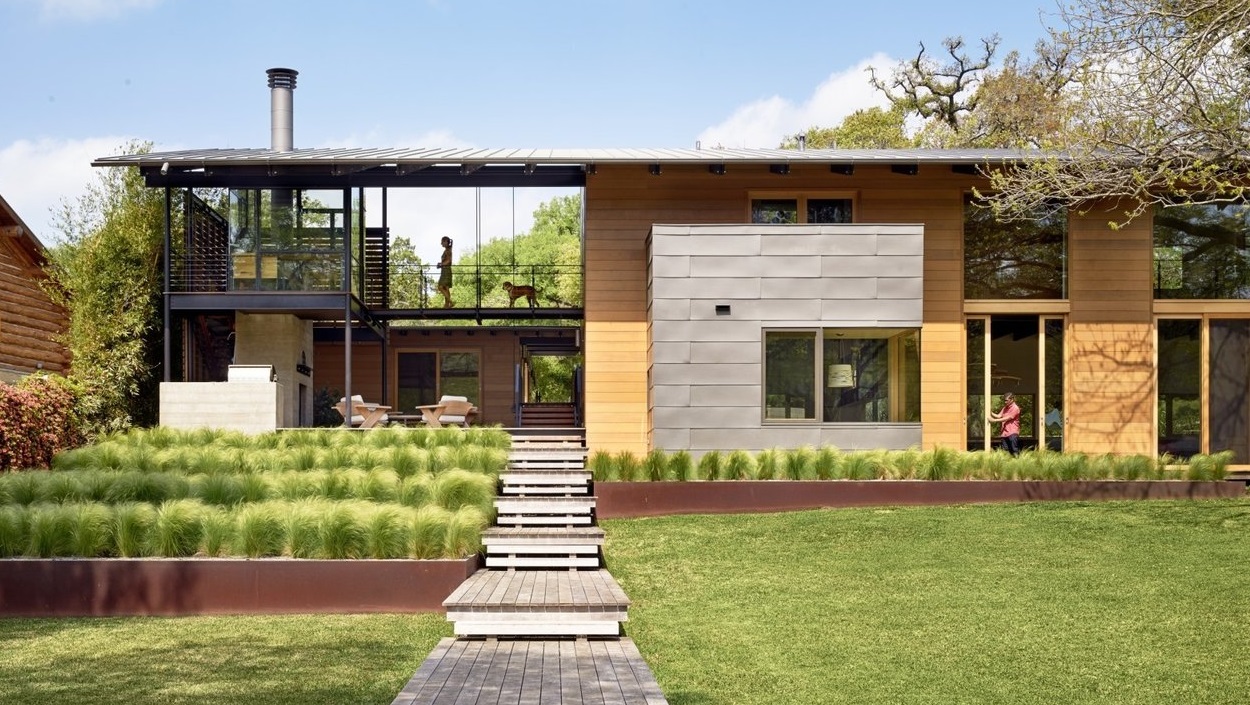Architects: Showcase your next project through Architizer and sign up for our inspirational newsletter.
For seven years running, the Architizer A+ Awards has promoted and celebrated the world’s best architecture and products. Judged by both an esteemed jury and thousands of design practitioners and enthusiasts, the winners of the competition exude innovation and originality, speaking to the needs of tomorrow. The experience, expertise and vision of the jury ensures these qualities are met consistently by each winner, and we’re proud to showcase their engagement. Tom Kundig, owner and design principal of renown architecture firm, Olson Kundig, is one of the stand-out architects on the jury.
Kundig’s firm focuses on details, materials and craftsmanship, and is constantly looking to innovate through its pursuit of an architecture that serves its clients perfectly and enriches the environments in which it is built. Whether it is a tiny, elevated cabin in Washington or a 15-story commercial headquarters in Seoul, South Korea, Olson Kundig creates highly approachable architecture that harmonizes with humankind’s innate need for light, tactility and comfort.
Jurors like Kundig assure that the A+Award winning projects are truly ‘the best of the best’. As the highly anticipated 8th Annual A+Awards program approaches, Architizer spoke with Kundig about the past, present and future of the A+Awards.

Shinsegae International by Olson Kundig; image via Olson Kundig
Nathaniel Bahadursingh: What did you look for most when judging the projects for this past year’s A+Awards?
Tom Kundig: I looked for a clear design concept that was supported by drawings and the other exhibits put forward. I respond well to clear diagrams that can communicate a design idea in a straightforward way, one that is easy to read. I look for design ideas that are accessible and well edited. I also seek out projects containing elements important to my own design practice, including a clear, expressive structure, tectonic elements, and detailing that is honest.
Did you notice any new design trends among the 2019 finalists?
There was definitely an emphasis on dramatic, bold geometric forms. It’s clear that new shapes are emerging in architecture, which are likely a product of our present-day design tools.
From the finalists you nominated, which projects stood out most to you and why?
Projects that stood out to me were ones where the architecture emphasized its environment, encouraging a close interaction between people and their surroundings. I appreciated projects with a minimal, subdued approach where architecture served as a backdrop, but still contained interesting details at a human scale.

The Pierre by Olson Kundig; image via Olson Kundig
Are there any features — particular details, materials or forms — you would like to see architects innovate more with in the coming year?
I would like to see more emphasis on sustainability – especially architects that innovate with sustainable design practices in a way that inspires.
Do you have any personal takeaways from your experience judging this year’s projects?
It was interesting to see new and innovative designs as well as new project types. We also appreciated seeing new forms of representation in submittals — things like animations and drone footage. This is influential in our own practice as we continue to develop new tools for communicating our projects.
To you, how does a competition like the A+Awards contribute to the architectural profession? Do you see any broader implications?
The A+Awards is a great place for young practices to submit their work and have the opportunity to be seen alongside more established firms. The program is also a great way to make architecture and design more accessible to a mainstream audience and share our designs with the broader public.
Architects: Showcase your next project through Architizer and sign up for our inspirational newsletter.









